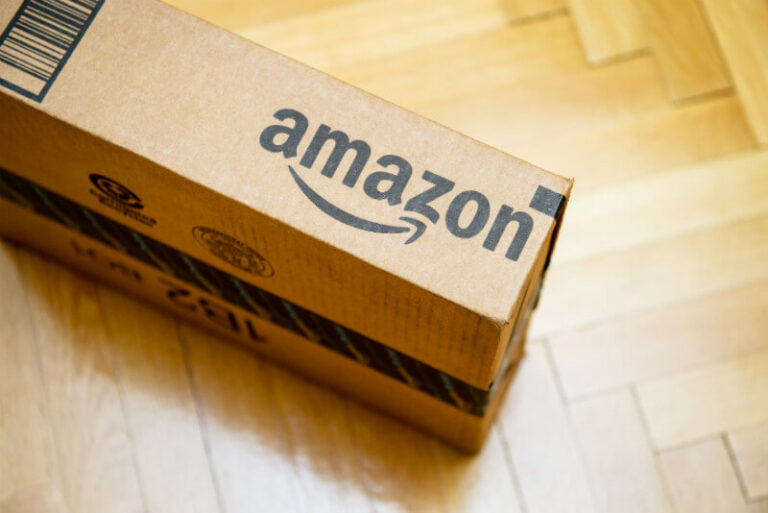FBA can be used by both individual and professional sellers to stock, package, and ship their Amazon goods. Amazon does, of course, charge fees for this, but many Amazon sellers think the FBA fees are fairly inexpensive for some goods. It also eliminates the tiresome daily order packing and shipping responsibilities from your plate and qualifies your purchases for Prime. It is important to have knowledge about how to set up amazon seller account.
In all, 91% of Amazon sellers use FBA to fill part or all of their orders, so it’s important to take this into account. But FBA costs differ according to the size and weight of the product. You must be aware of the complete costs associated with storing and shipping your products with FBA before signing up, just like with every other aspect of selling on Amazon.
Costs for FBA Services
The FBA fees charged by Amazon are quite straightforward; one fee covers picking, packing, and shipping charges, and another covers the cost of storing goods. If your customers return things to Amazon, the FBA costs even cover the handling of returns.
You will encounter two types of FBA fees:
- Fees for pick-up, packing, and weight handling cover the full packing and shipping process.
- Cost of keeping your merchandise in Amazon’s warehouse on a monthly basis.
Product Dimensions Control FBA Costs
The size of the item you’re storing and sending determines the FBA fees. Size takes into account any product packaging, including retail packaging, blister packs, and shoe boxes. Amazon categorizes FBA items into two size groups.
- Standard-sized goods: Standard-sized goods must weigh less than 20 pounds and not exceed 18′′x14′′x8′′ when fully wrapped.
- Large-sized goods: Any object weighing more than 20 pounds or measuring more than 18′′x14′′x8′′ is deemed large.
What Sort of Items Should You Market on Amazon?
It’s crucial to decide the products you wish to offer on Amazon. You must carefully conduct your market research and choose the ideal product that possesses the qualities listed below:
- Fantastic margins
- Minimal to moderate competition
- Tiny and light
- Has year-round consistent demand and is not affected by seasonality
- Able to sell at least 10 items per day
If a product, on average, sells 300+ units per day while generating outstanding profits. Although that is a large number to begin with, any product that manages to generate 40–50 orders every day is a safe bet. You should always avoid pursuing a product that is a part of a market that is extremely crowded. You will find it challenging to compete with the established competitors, and it will be challenging for you to gain the visibility you require to promote your items and increase sales.
Final thoughts
Even during the slow seasons, Amazon produces more than 25% of all US ecommerce sales (excluding auto parts). It also receives over 2.45 billion monthly visitors. It is a very promising marketplace to use due to its immense popularity and reputation for putting customers first, but these benefits come at a high cost with many intricate elements.
It’s critical that you comprehend the fees and charges associated with selling on Amazon because the margin between profit and loss on any given item might be razor-thin. With this information in mind, you’ll be able to identify valuable products and succeed in this enormous, constantly expanding industry.


